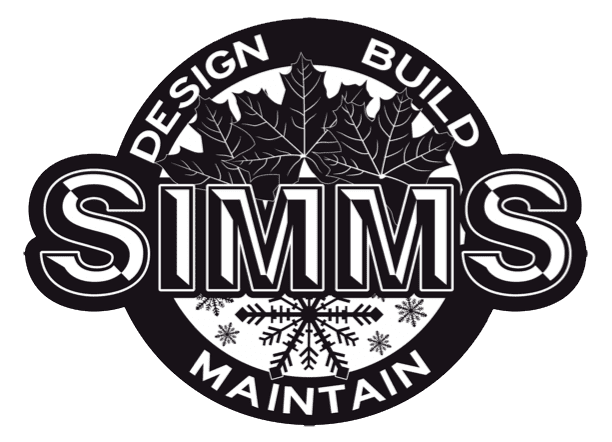Acceptable quality isn’t just the contractor’s opinion—it’s set by your signed contract, manufacturer specifications, local building codes, and published industry standards. For example, paver patios should sit on 4–6 inches of compacted base, not less; trees should be delivered in containers that match the agreed caliper size; irrigation systems should meet pressure and coverage specs. These benchmarks exist to protect your investment and ensure durability. A contractor who skips them may leave you with uneven patios, undersized plants that take years to catch up, or irrigation that wastes water. To check, compare what you see in the yard against the specifications in your contract and receipts. If you notice shortcuts, ask the contractor to fix them before releasing final payment. Clear documentation—photos, invoices, and written specs—gives you leverage to hold the work to a professional standard. Quality should be measurable, not subjective, and a reputable contractor will welcome that accountability.
Who defines acceptable quality from a landscape company?
Related FAQs
-
Does my landscaping look too fancy for the neighborhood?
Landscaping should enhance your home while fitting the character of your community. If your design is significantly more elaborate than…
-
Will this project finally make my yard the oasis I’ve been wanting?
It can, but only if the design matches both your goals and Utah’s environment. In Salt Lake and Davis Counties,…
-
Is this issue covered under warranty or is it my responsibility?
Warranty coverage depends on your contract and the type of issue. In Utah, most landscapers warranty plants for one year…
